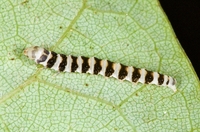
| Recorded by: Mark Basinger on 2025-10-18
Stanly Co.
Comment: | 
| Recorded by: Dean Furbish, Lior S. Carlson on 2025-08-12
Alamance Co.
Comment: |

| Recorded by: Mark Basinger on 2025-08-09
Alamance Co.
Comment: | 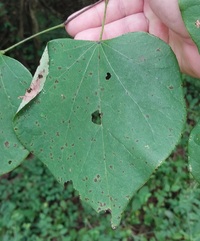
| Recorded by: Mark Basinger on 2025-08-01
Rowan Co.
Comment: |

| Recorded by: David George, Dale Morgan, Patrick Coin, Julie Tuttle, Becky Watkins, et al. on 2025-07-26
Orange Co.
Comment: | 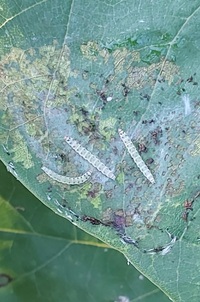
| Recorded by: Mark Basinger on 2025-06-28
Montgomery Co.
Comment: |

| Recorded by: Simpson Eason on 2025-05-21
Durham Co.
Comment: | 
| Recorded by: Mark Basinger on 2024-10-17
Davidson Co.
Comment: |
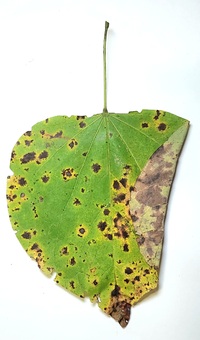
| Recorded by: Mark Basinger on 2024-10-17
Montgomery Co.
Comment: | 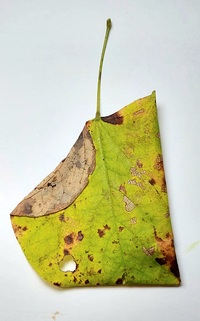
| Recorded by: Mark Basinger on 2024-10-17
Stanly Co.
Comment: |
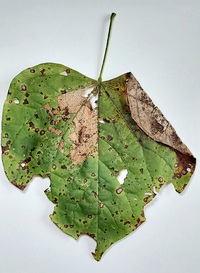
| Recorded by: Mark Basinger on 2024-10-16
Rowan Co.
Comment: | 
| Recorded by: Jim Petranka, Mark Basinger and Becky Elkin on 2024-09-20
Madison Co.
Comment: |
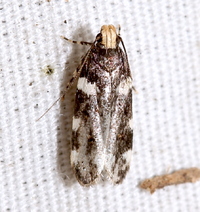
| Recorded by: David George, Jeff Niznik, Kenneth Geisert, David Bradley, Julie Tuttle, Patrick Coin, Kaitlyn Elliott, Becky Watkins on 2024-08-17
Durham Co.
Comment: | 
| Recorded by: John Petranka on 2024-07-26
Orange Co.
Comment: |
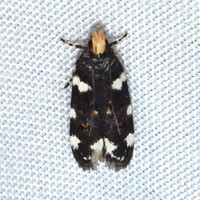
| Recorded by: Jeff Niznik on 2024-07-21
Orange Co.
Comment: | 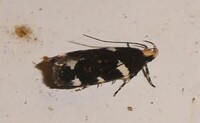
| Recorded by: Simpson Eason on 2024-07-16
Durham Co.
Comment: |
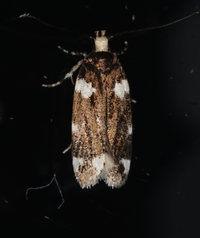
| Recorded by: Jim Petranka on 2024-07-02
Madison Co.
Comment: | 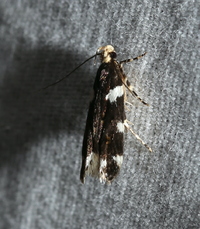
| Recorded by: David George on 2024-06-20
Durham Co.
Comment: |
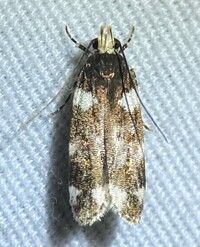
| Recorded by: Dean Furbish, Lior S. Carlson on 2024-06-17
Lincoln Co.
Comment: | 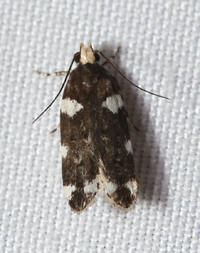
| Recorded by: David George, Tracy Feldman, Jeff Niznik, Rich Teper, Patrick Coin, Becky Watkins on 2024-06-08
Wake Co.
Comment: |
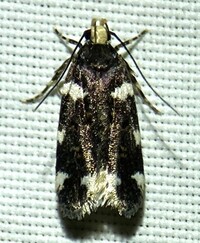
| Recorded by: Dean Furbish on 2024-06-02
Wake Co.
Comment: | 
| Recorded by: David George, Jeff Niznik on 2024-06-01
Chatham Co.
Comment: |
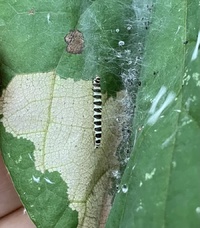
| Recorded by: Ken Kneidel on 2023-09-28
Mecklenburg Co.
Comment: | 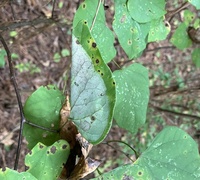
| Recorded by: Ken Kneidel on 2023-09-28
Mecklenburg Co.
Comment: |
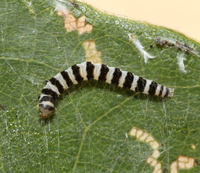
| Recorded by: David George on 2023-08-29
Chatham Co.
Comment: | 
| Recorded by: David George on 2023-08-29
Chatham Co.
Comment: |
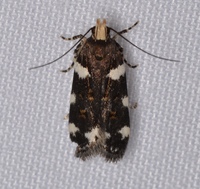
| Recorded by: David George, Stephen Dunn, Jeff Niznik on 2023-08-18
Caswell Co.
Comment: | 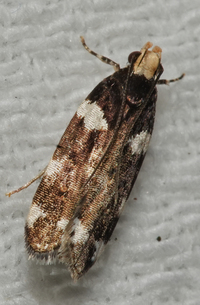
| Recorded by: Chuck Smith on 2023-08-16
Davidson Co.
Comment: |

| Recorded by: David George, Jeff Niznik on 2023-08-16
Orange Co.
Comment: | 
| Recorded by: Chuck Smith on 2023-08-08
Davidson Co.
Comment: |
|

 »
»
